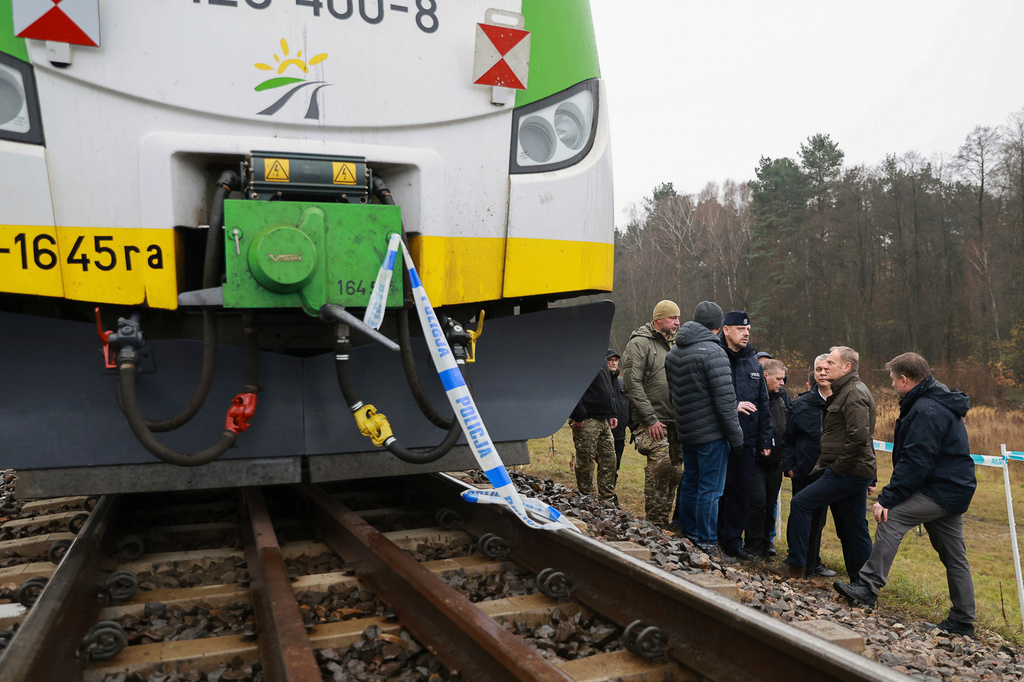Russian Propaganda Seeks to Pin Rail Sabotage on Ukraine, Polish Security Confirms

Disinformation narratives about sabotage of Polish railway lines are actively spreading in Russian and Polish media spaces.
The Gaze reports on it, referring to the Polish Ministry of Digital Affairs.
Since Sunday, large-scale disinformation activities have been detected, aimed at shifting responsibility for damage to Polish railway tracks to Ukraine and discrediting the actions of Polish security services.
Russian media and Telegram channels are actively using the topic of sabotage for propaganda purposes. Their narratives portray the incident as a manifestation of internal tensions in Europe and as a consequence of the actions of the EU's “military party.” Poland is presented as a country that provokes incidents and then blames Russia and justifies its support for Ukraine.
There are also rumors about the alleged involvement of “Polish partisans,” anarchists, or Western saboteurs in the sabotage, while Germany and other European countries are mentioned in the context of similar attacks on infrastructure.
In the Polish-language information space, narratives about “Ukrainian sabotage” intensified after Polish services officially confirmed the sabotage. Pro-Russian and anti-Ukrainian accounts actively spread emotional posts accusing Ukraine, limiting Russia's responsibility, and questioning the competence of Polish security agencies.
The narrative of sabotage evolved from neutral official information to alternative versions and direct accusations against Ukraine, aimed at creating mistrust and increasing tension in society.
It should be recalled that on November 17, 2025, an explosion occurred on the Warsaw-Lublin railway line, which is important for the transportation of international aid to Ukraine. The explosion damaged the tracks near the village of Mika, and the Polish government assured that it would make every effort to identify those responsible.
Polish Deputy Prime Minister and Minister of Defense Władysław Kosiniak-Kamysz noted that analysis of events in Poland and other countries indicates Russia's involvement, viewing the incident as part of a hybrid war against NATO and Europe. The explosion was carried out remotely using a mobile phone, and the SIM cards involved have already been identified, although the passport holders are not necessarily the perpetrators.
At the same time, the Polish authorities have stepped up patrols near railways with the involvement of the army and police, but are not currently considering declaring a state of emergency. The incident highlights the broader context of cyberattacks, disinformation, and threats to critical infrastructure in Europe.
As The Gaze reported earlier, the NATO Strategic Communications Center of Excellence (NATO StratCom COE) has released a new study that reveals the fragmented but flexible system of Kremlin propaganda built around official media, television, and a network of pro-Russian Telegram channels.